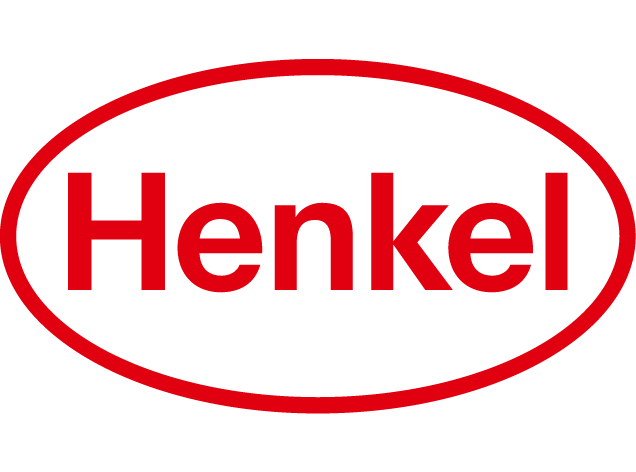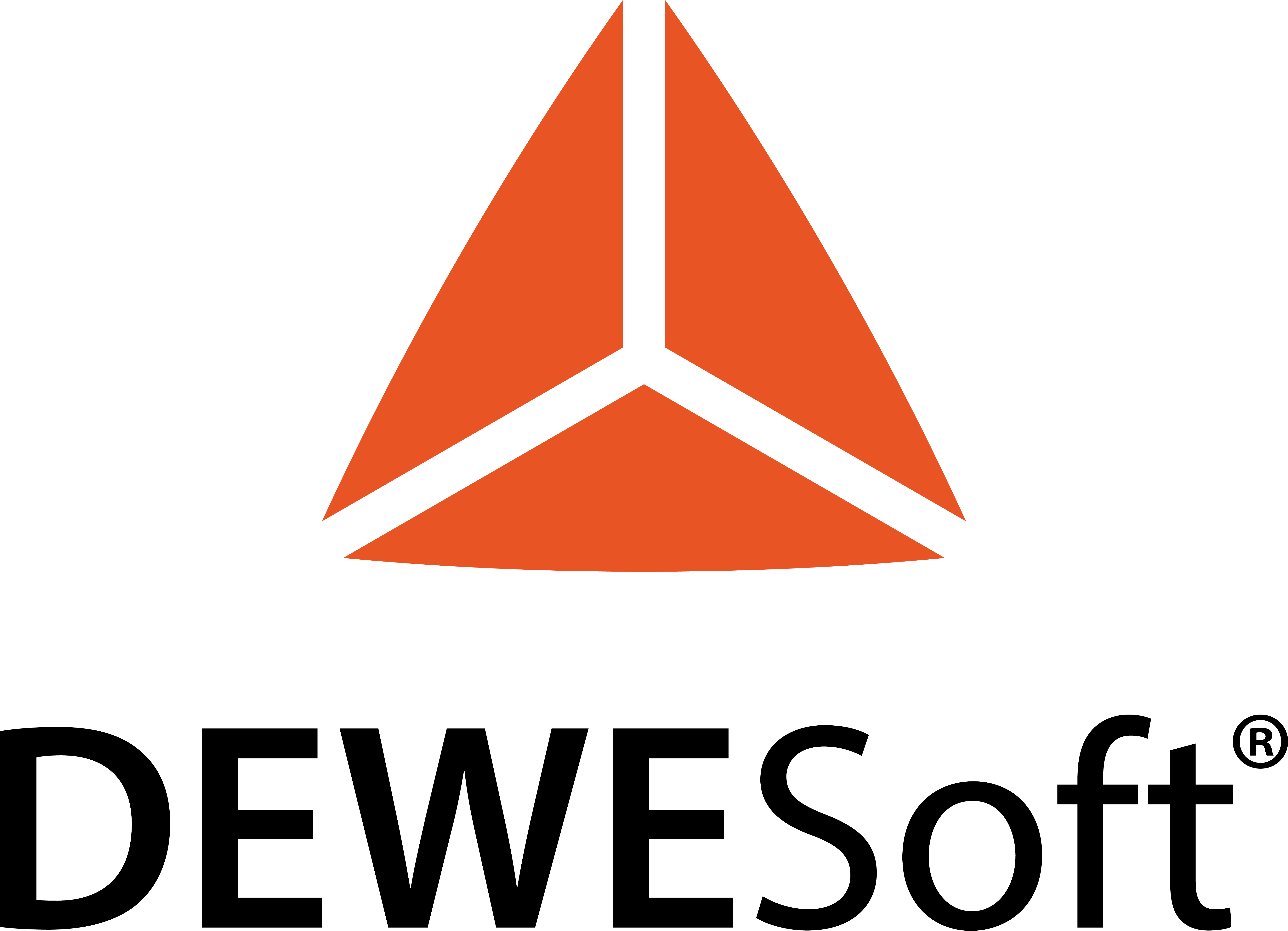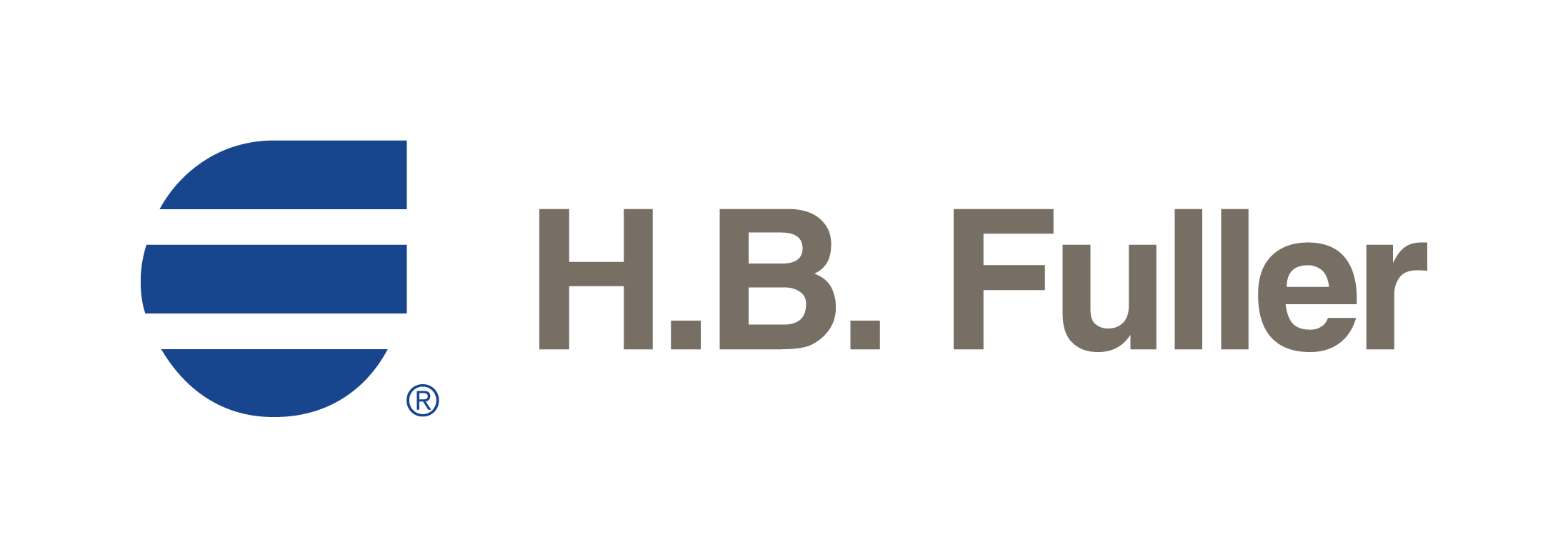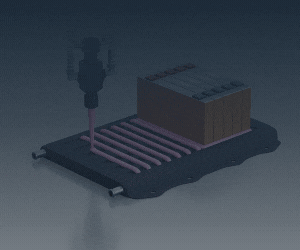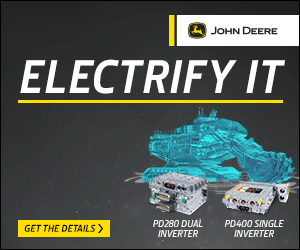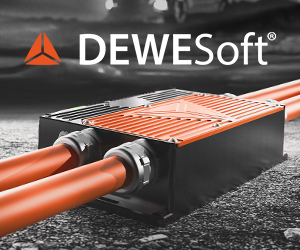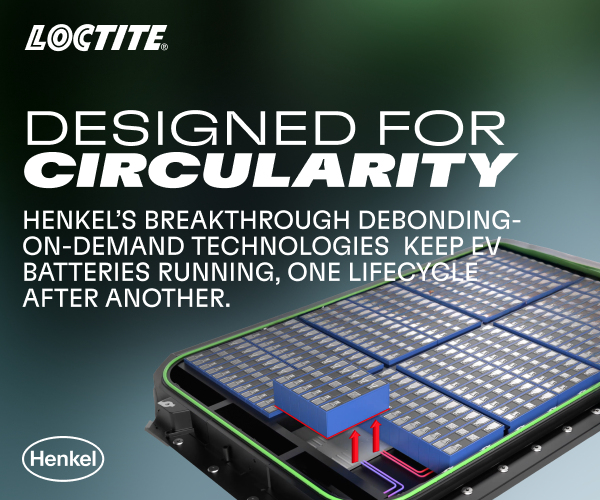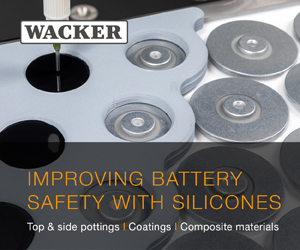Electrovaya secures UL2580 certification for 448 industrial battery systems
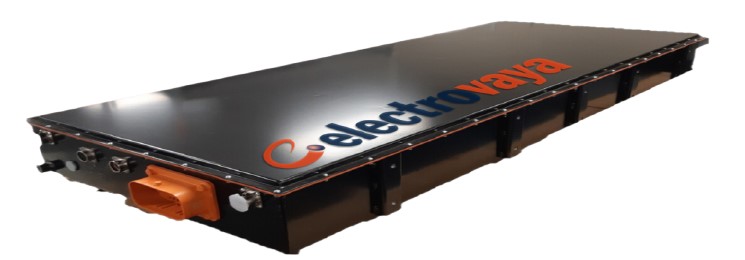
(Image courtesy of Electrovaya)
Electrovaya has achieved UL2580 certification for 448 new lithium-ion battery system models across 24V, 36V and 48V classes. This certification spans systems built with the current 47Ah cell and a new 54Ah ceramic cell, which is scheduled for mass production at the company’s Jamestown, New York site in 2026.
The newly certified battery systems offer improved charge rates, increased energy density, enhanced ergonomics and overall performance gains over previous generations. The company claims these batteries deliver the highest energy densities currently available in the material handling sector.
UL2580 is considered a gold standard in battery safety and encompasses rigorous testing protocols. The certification process for these battery models included fire propagation evaluations as well as vibration, shock and short circuit destruction tests. Passing these safety tests confirms the systems meet requirements for industrial and heavy-duty vehicle applications.
The 54Ah ceramic cell uses ceramic separator technology for improved thermal stability and safety margins in high-duty cycle industrial applications.
The battery systems will be available to customers this year. With the expanded portfolio and UL2580 certification, Electrovaya strengthens its position in industrial electrification. According to Dr. Raj DasGupta, CEO of Electrovaya, the material handling market represents a major share of the company’s business and these advancements are expected to provide a strategic advantage as the company scales its next generation products.
The certification covers multiple voltage classes and 448 distinct models, providing comprehensive coverage for diverse industrial applications including forklift trucks, automated guided vehicles and other material handling equipment. This breadth of certified options allows customers to select optimal solutions for their specific operational requirements while maintaining confidence in safety and performance standards validated through third-party testing.
Click here to read the latest issue of E-Mobility Engineering.
ONLINE PARTNERS

